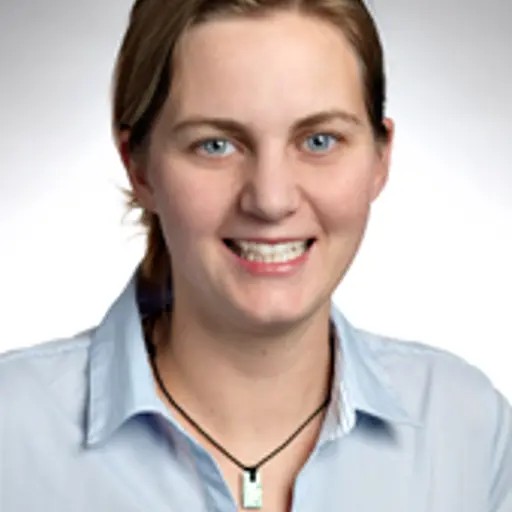
Hana Dobsicek Trefna and Anna Ström have been awarded the Areas of Advance Award for their pioneering use of hydrogels in microwave systems for the treatment of cancer tumors and strokes.
Several years ago, during a lunch break at a seminar, Hana Dobsicek Trefna, associate professor in signal processing and medical technology at the Department of Electrical Engineering, posed a question to fellow attendees: "Can water be made solid?"
"You should talk to my colleague," one participant responded, pointing her to Anna Ström, associate professor in applied chemistry at the Department of Chemistry and Chemical Engineering. This initial interaction laid the foundation for the collaboration now recognized with the Areas of Advance Award in 2023.
Gels with body-like properties
Hana Dobsicek Trefna specializes in microwave antenna systems for medical treatment and diagnostics, requiring a medium to facilitate the passage of signals within the body, such as to target tumors that can be treated with microwaves. The solution was to collaborate with Anna Ström and her work with hydrogels – a gel with a high-water content (up to 99%) yet behaving like a semi-solid material. The gel is held together by a network of polysaccharides, making it suitable for guiding microwaves from antennas into the body, like the gel used in ultrasound examinations. These hydrogels can also be used in various tests and validations of medical instruments.
"In two of the gels, we've created tissue-like properties, but the material doesn't absorb much or only a small portion of the radiation. In a third gel, we did the opposite – it's used to prevent signals from one antenna from interfering with another," explains Hana Dobsicek Trefna.
Calibrates medical instruments
This innovative approach allows microwave antenna systems to transmit signals into the body to detect tumors or a stroke without interference. Hydrogels can also be cast into more realistic shapes than a simple water-filled plastic bag, enhancing the accuracy between simulations and experimental verification.
The duo also developed an oleogel, a material that contains oil instead of water as the solvent, to mimic fatty tissues that are otherwise challenging to replicate.
"This is actually our most significant contribution. The artificial tissue, the 'phantom,' represents human fatty tissues, allowing hospital physicists to perform verifications, calibrations, and more. The phantom consists of non-hazardous materials and equipment already available in hospitals, making its preparation as easy and cost-effective as possible," says Hana Dobsicek Trefna.
Co-working experiences
Anna Ström and Hana Dobsicek Trefna have gained valuable insights from their collaboration, venturing into new domains.
"For instance, we've invited each other to speak at conferences within our respective fields. For me, measuring electrical properties in gels was entirely new, something I hadn't done before. But here, I learned that it was crucial for Hana's work," says Anna Ström.
However, they acknowledge that they encountered some challenges.
"Clearly, there are different cultures within different institutions and departments. We didn't know each other before this, but we've become good colleagues and learned a lot from each other," says Anna Ström.
Hana Dobsicek Trefna adds, "Our research work is similar, but when we started to write articles together, we discovered that we had slightly different ways of communicating, especially about what was essential to include in the text. It can vary considerably between a chemistry and a medical technology publication."
Interdisciplinary work also posed practical challenges.
"It's a different kind of study when you work interdisciplinary, and it can be challenging to find the right audience for publications – for instance, it can be difficult to find reviewers with interdisciplinary knowledge," says Anna Ström.
The phantom that Anna and Hana have developed is now recognized as a fat phantom for verification of heat devices and a part of recommended verification routines for hyperthermia treatment instruments in hospitals worldwide.
"Moving forward, we aim to create a new design for the other gels for more practical use," says Anna Ström.
The Areas of Advance Award was presented by President Martin Nilsson Jacobi at this year's William Chalmers Lecture on 7 November 2023.
- Professor, Signal Processing and Biomedical Engineering, Electrical Engineering
- Head of Unit, Applied Chemistry, Chemistry and Chemical Engineering

